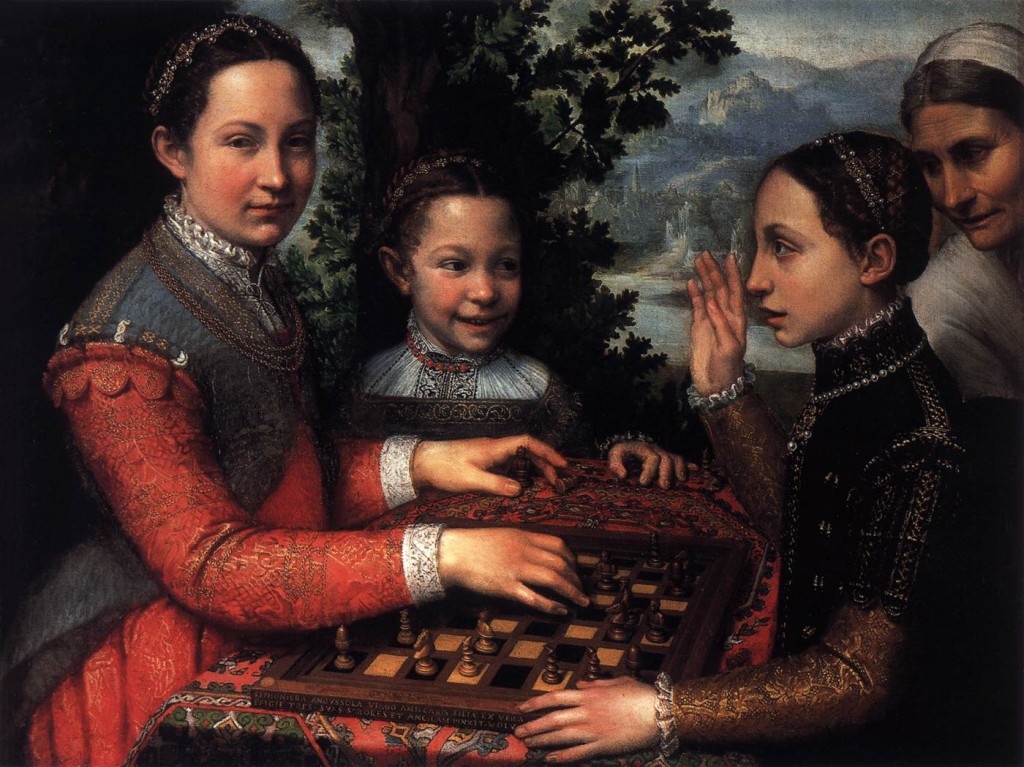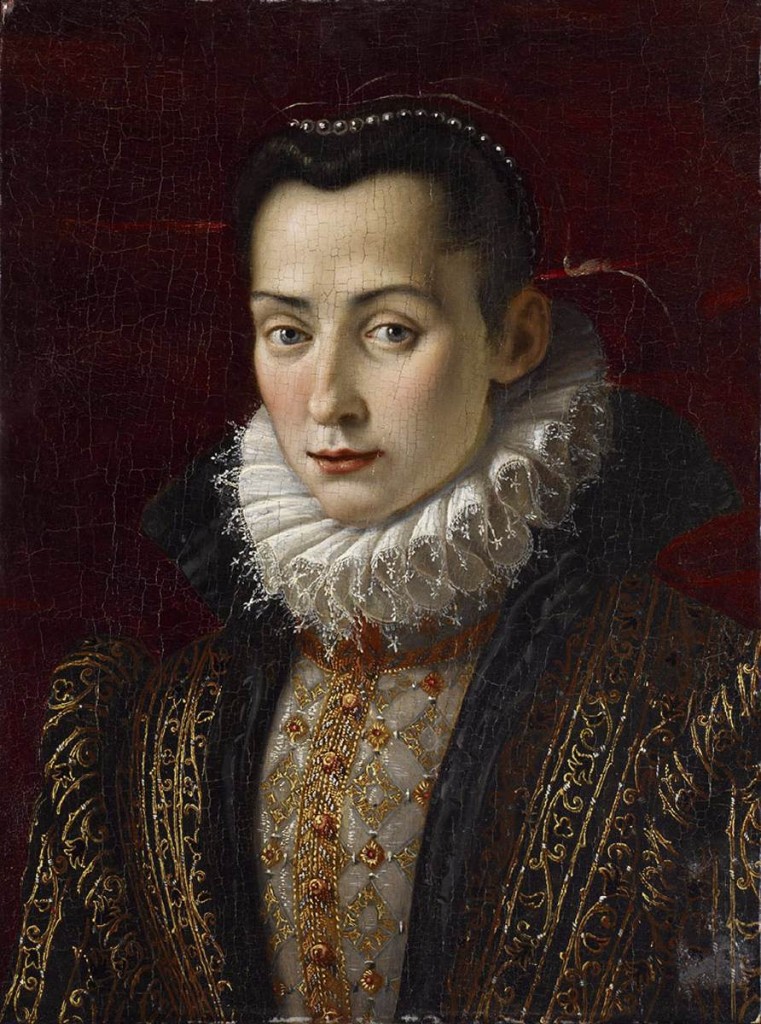Italy during the Spanish Peace, 1559-1598
During the years 1559-1598, the Italian Peninsula enjoyed an extraordinary period of peace, sometimes referred to as the pax hispanica (Spanish peace} or the “Imperial Renaissance.”
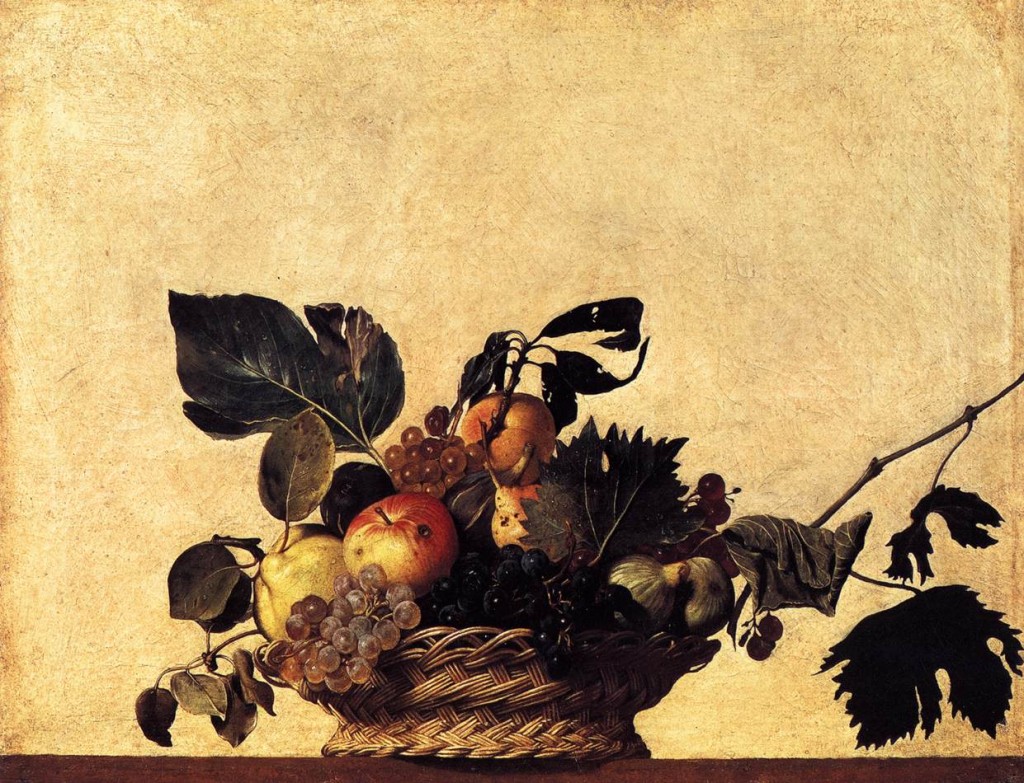
When the French and Spanish kings signed the Treaty of Cateau-Cambrésis in April 1559 the “Italian Wars” officially came to an end.
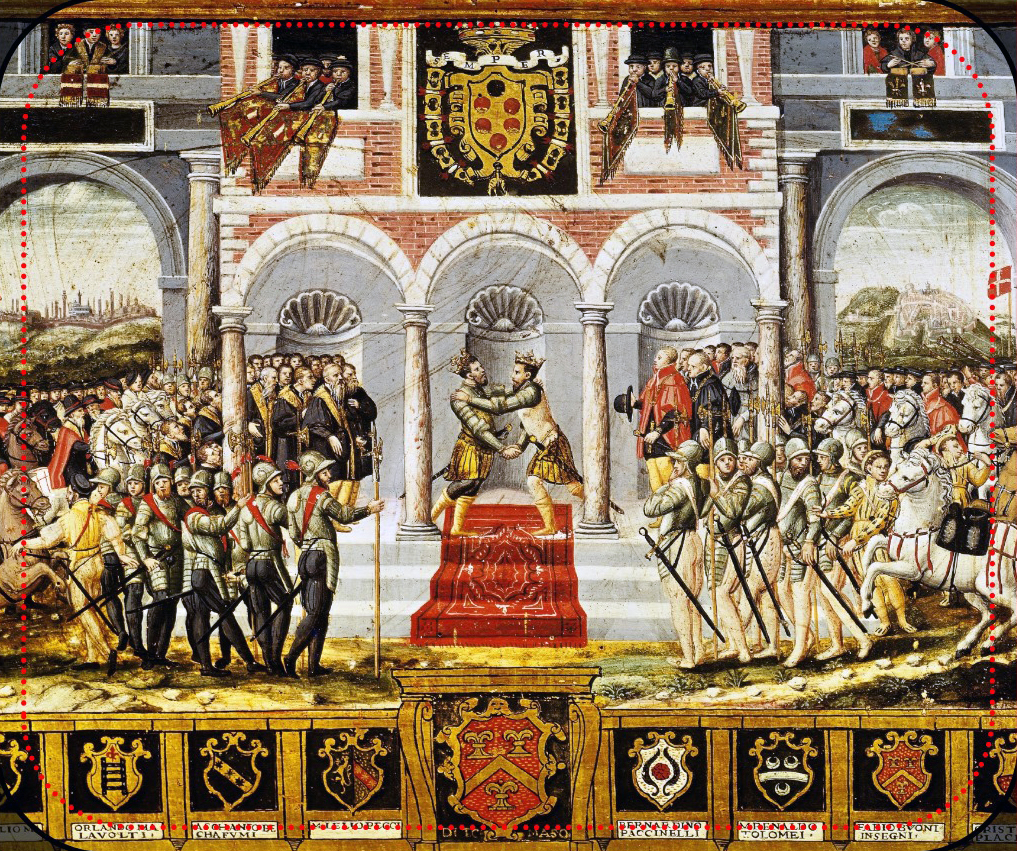
In 1556 Emperor Charles V abdicated his throne.
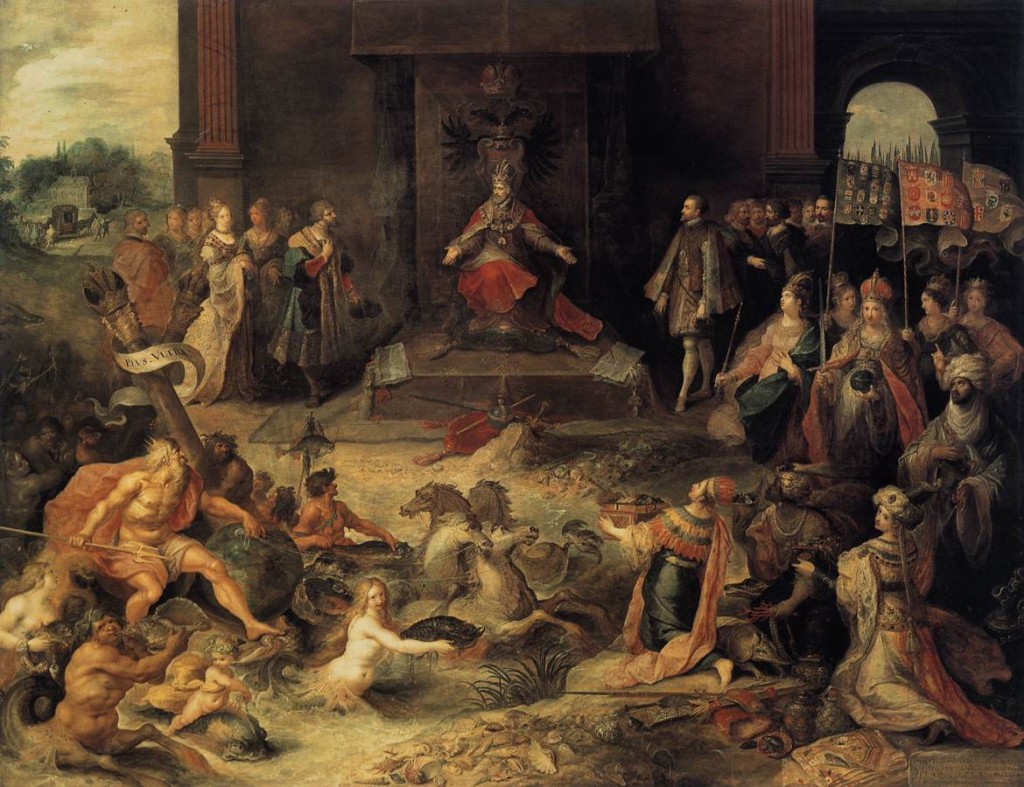
Since his territories had grown too immense to control, Charles divided his realm, giving the imperial title and rule of Germany to his brother Ferdinand, leaving Spain, the New World, the Kingdom of Two Sicilies, and Milan to his son Philip.
Though Italy had lost its political independence to the Spanish, the entire peninsula enjoyed a period of peace and cultural flowering during the “Imperial Renaissance”.


Left to right: Hans Bocksberger the Elder, Ferdinand I, Holy Roman Emperor; Titian, Philip II, King of Spain
Education flourished, not only in public universities, but in academies, like the Accademia della Crusca, which published this dictionary in 1612:
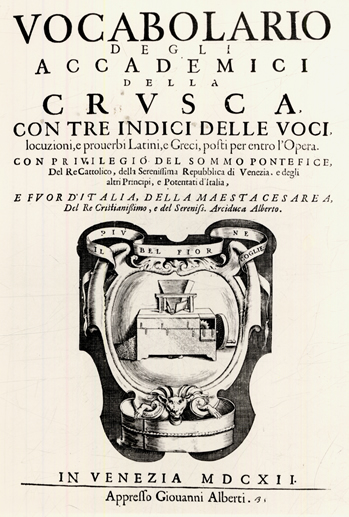
Information circulated as never before, in books, pamphlets, and printed newspapers known as gazettes, or avvisi.
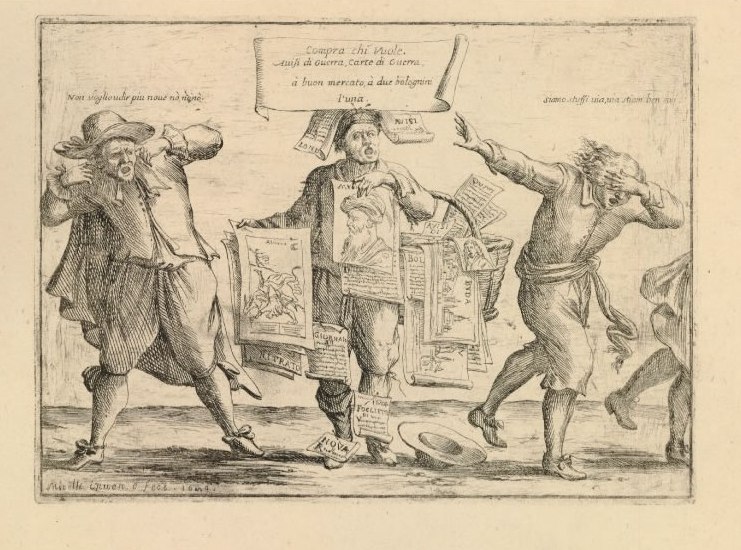
Poets like Tasso and Franco were writing verse.
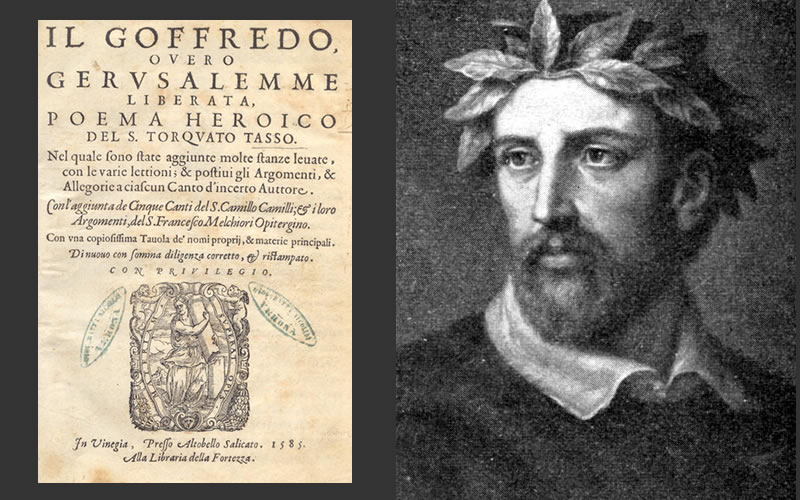
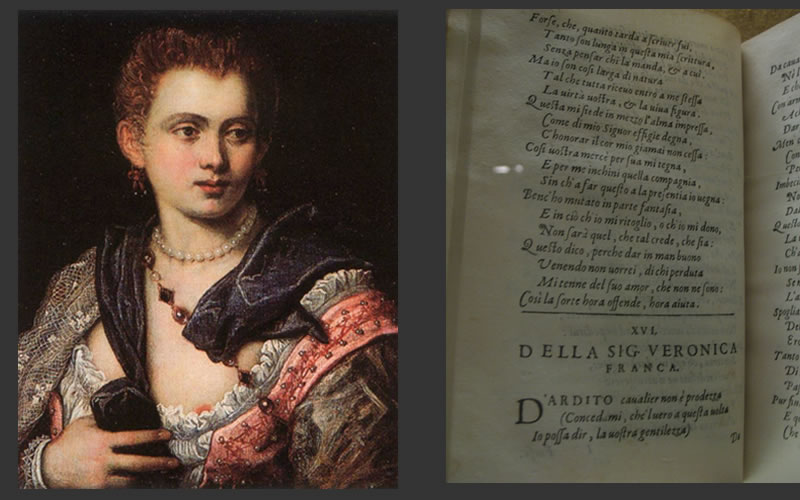
Companies of traveling players made the Italian street theater of commedia dell’arte popular everywhere.
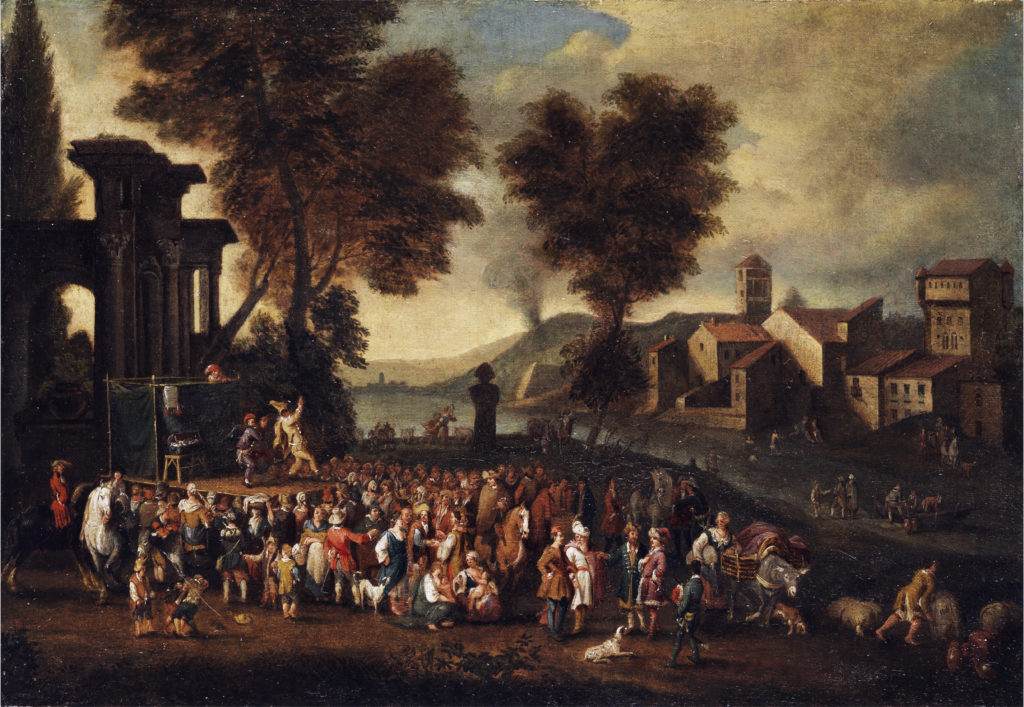
In the 1580s Battista Guarini wrote the hit pastoral tragicomedy Il Pastor fido about the shepherd Mirtillo who is in love with the nymph Amarilli.

For the 1589 wedding of Ferdinando de’ Medici to Christina of Lorraine elaborate staged musical festivities called intermedi were performed
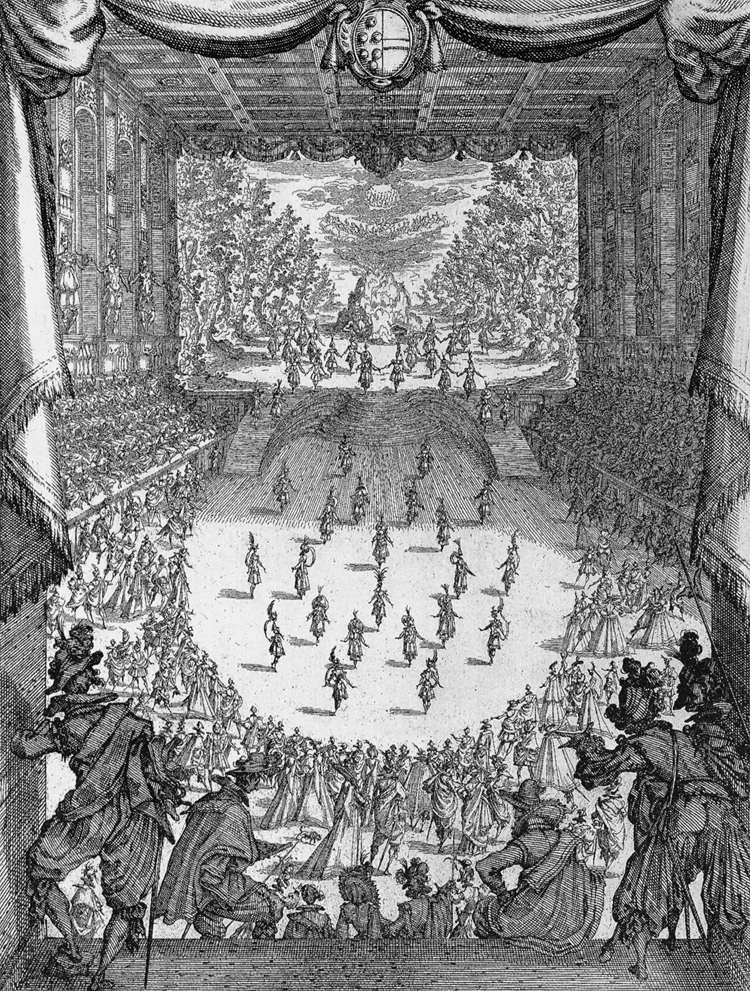
One of the stars was baritone Jacopo Peri , who sang a title role. 11 years later Peri composed the first opera, Dafne.

Though the dramatic solo voice would triumph on operatic stages, Italian madrigals remained popular.
In 1644 Barbara Strozzi dedicated a volume of madrigals to the Grand Duchess of Tuscany
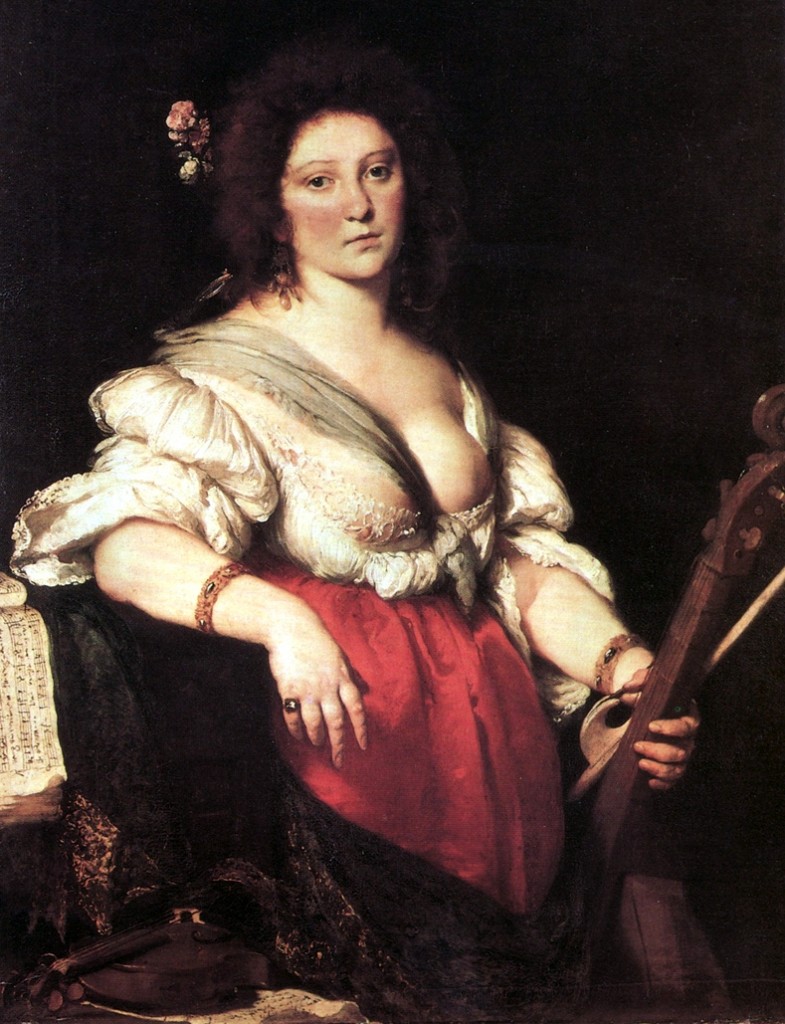
Madrigals were polyphonic compositions sung by groups of singers either publicly or in more intimate settings as depicted here by Caravaggio
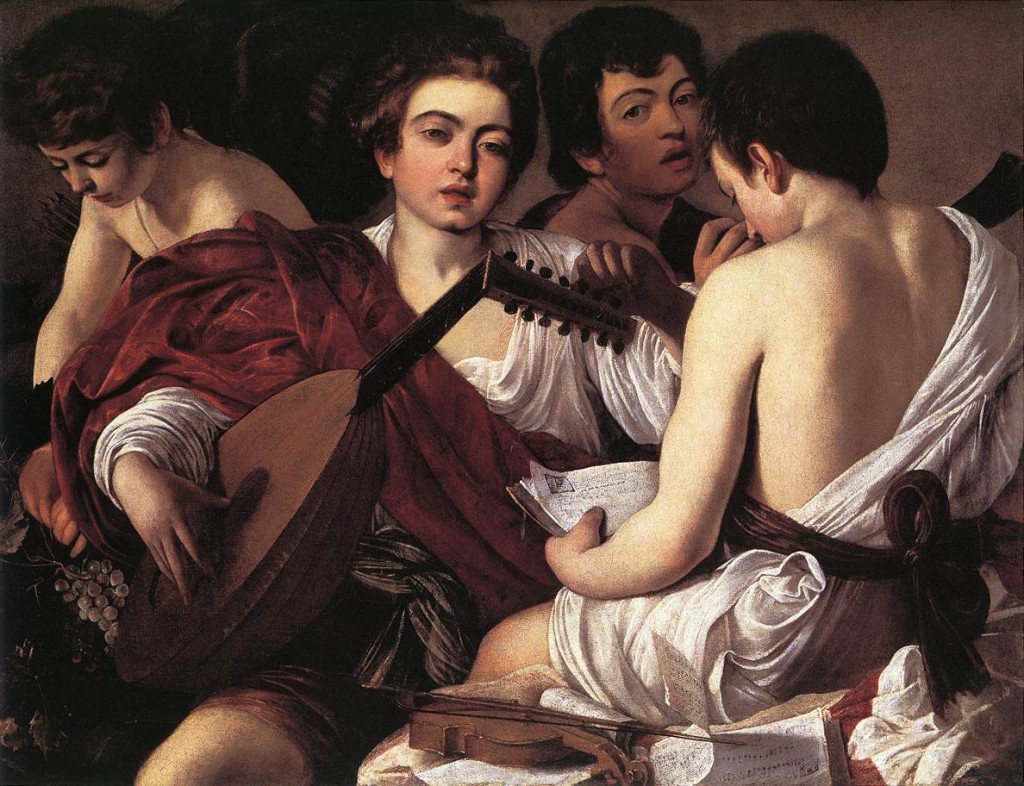
Michelangelo Merisi da Caravaggio burst onto the art scene in Rome in the 1590s with a fresh new style of painting
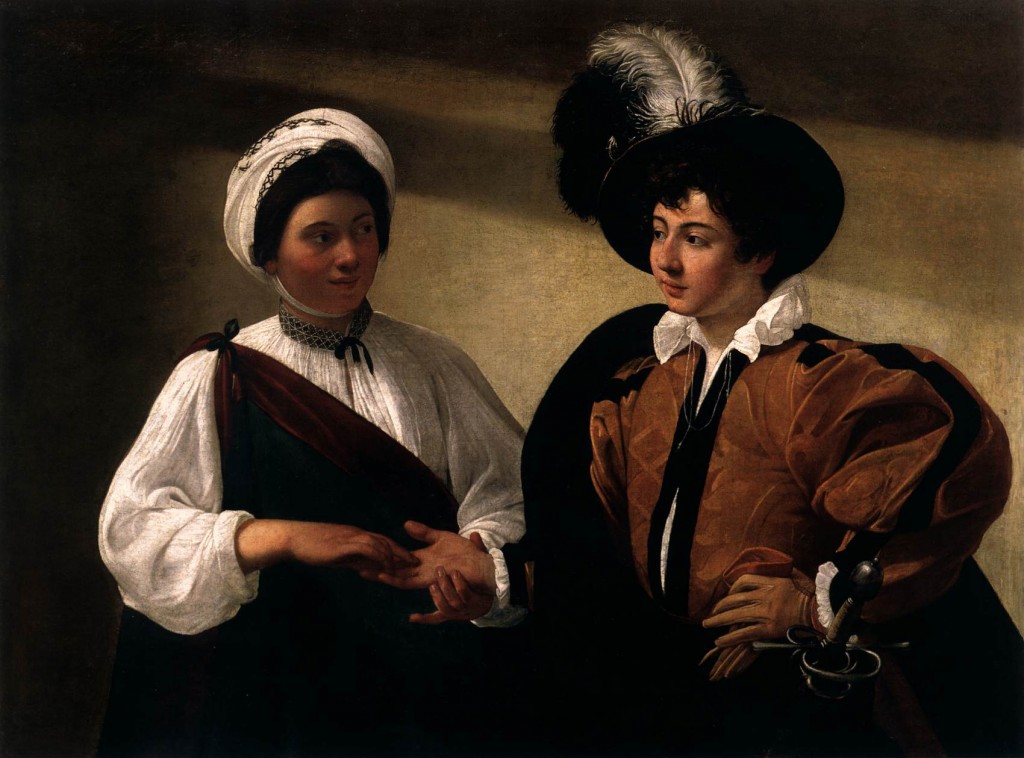
His work could also shock. This sleepy-eyed Bacchus is sensuous, a boy wrapped in bed sheets offering an intoxicating drink…
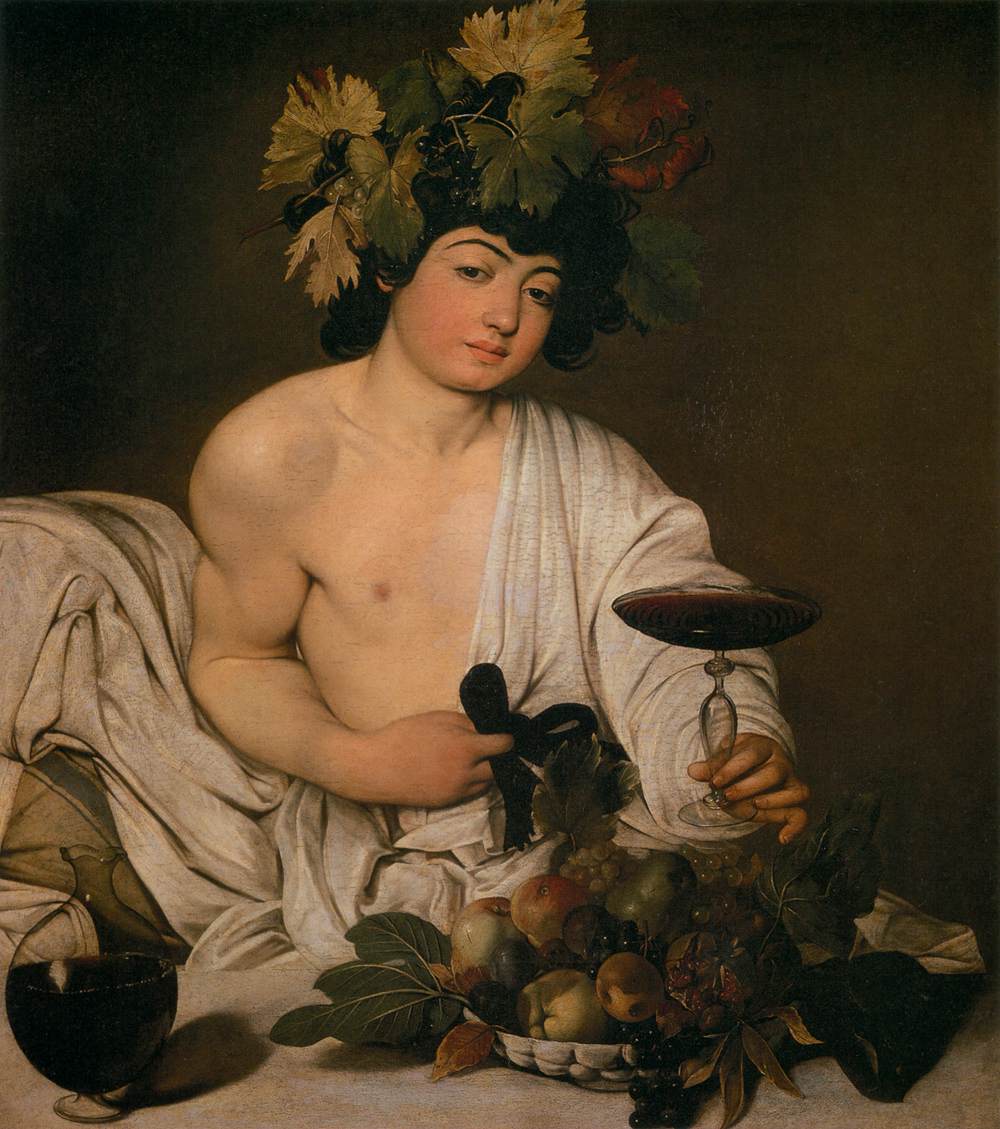
and those dirty fingernails..!
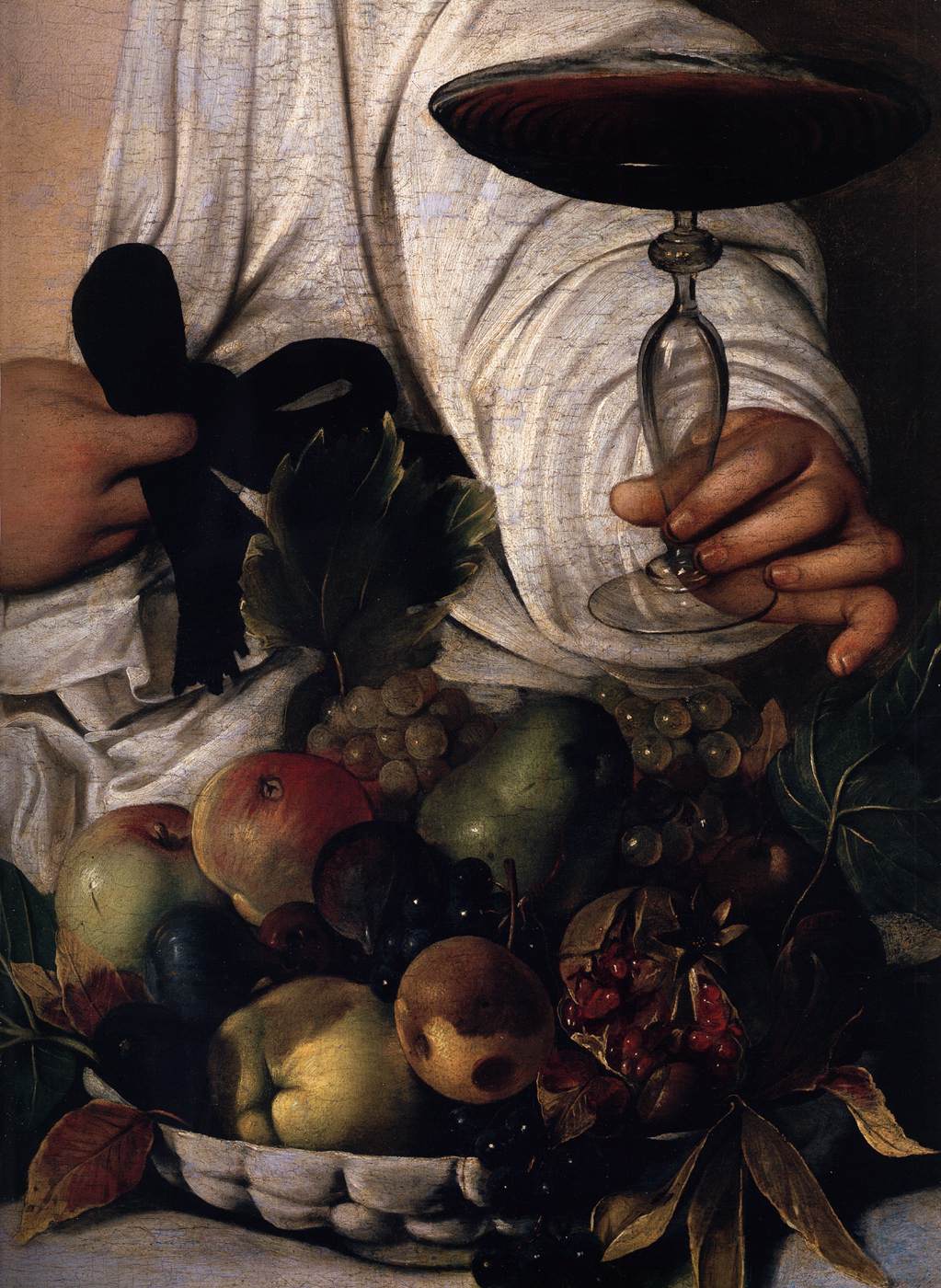
Whether in a secular scene…
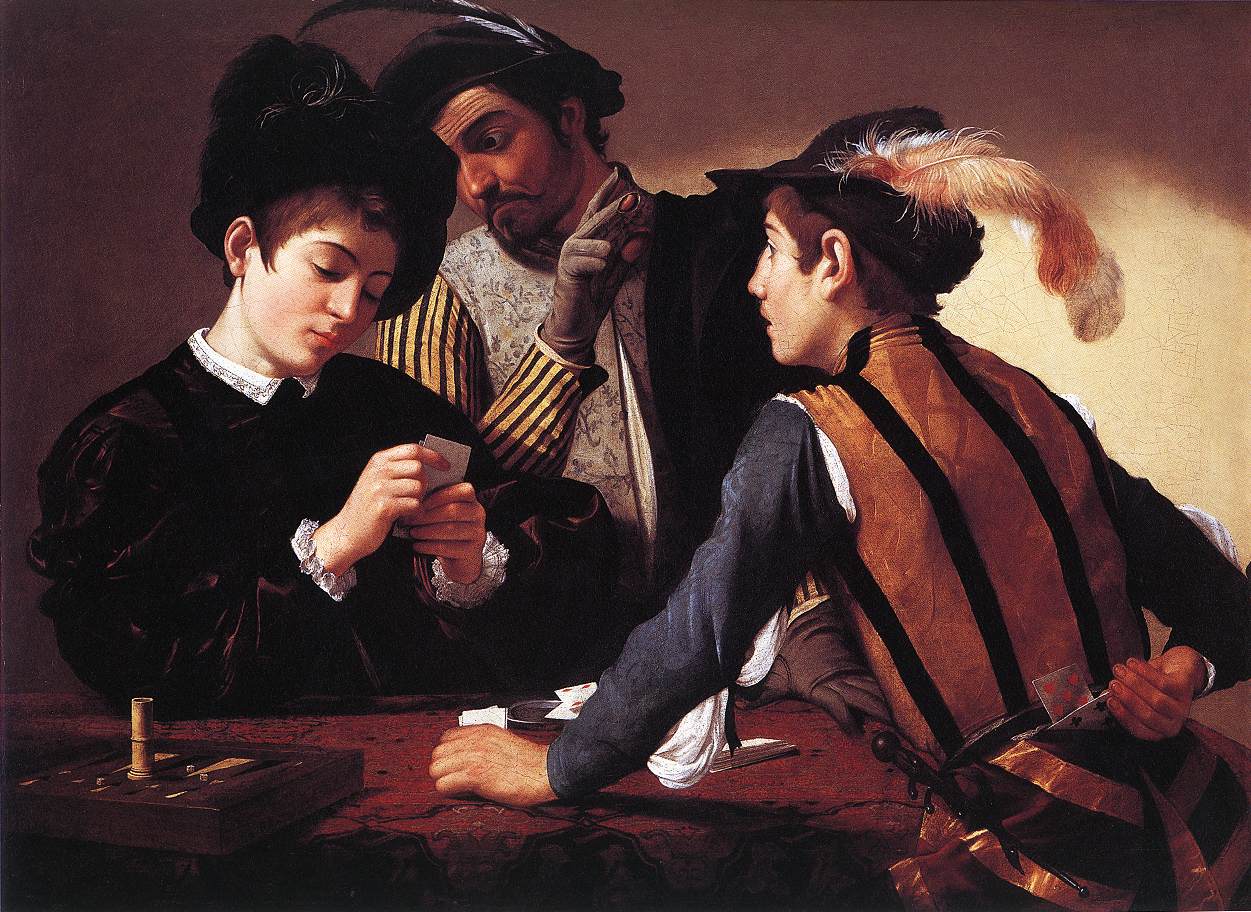
or a sacred setting….
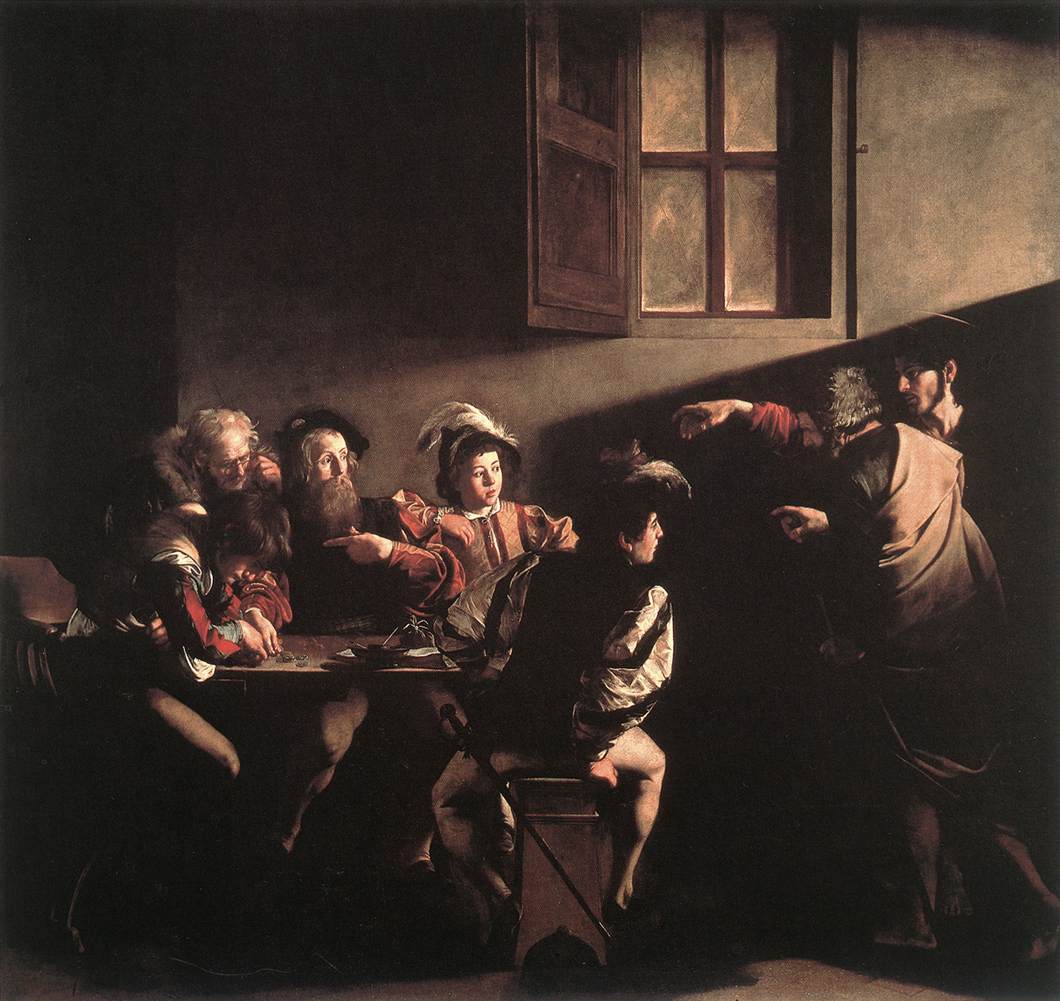
Caravaggio’s stark use of light and shadow and unyielding naturalism lent drama and emotional power to his works.
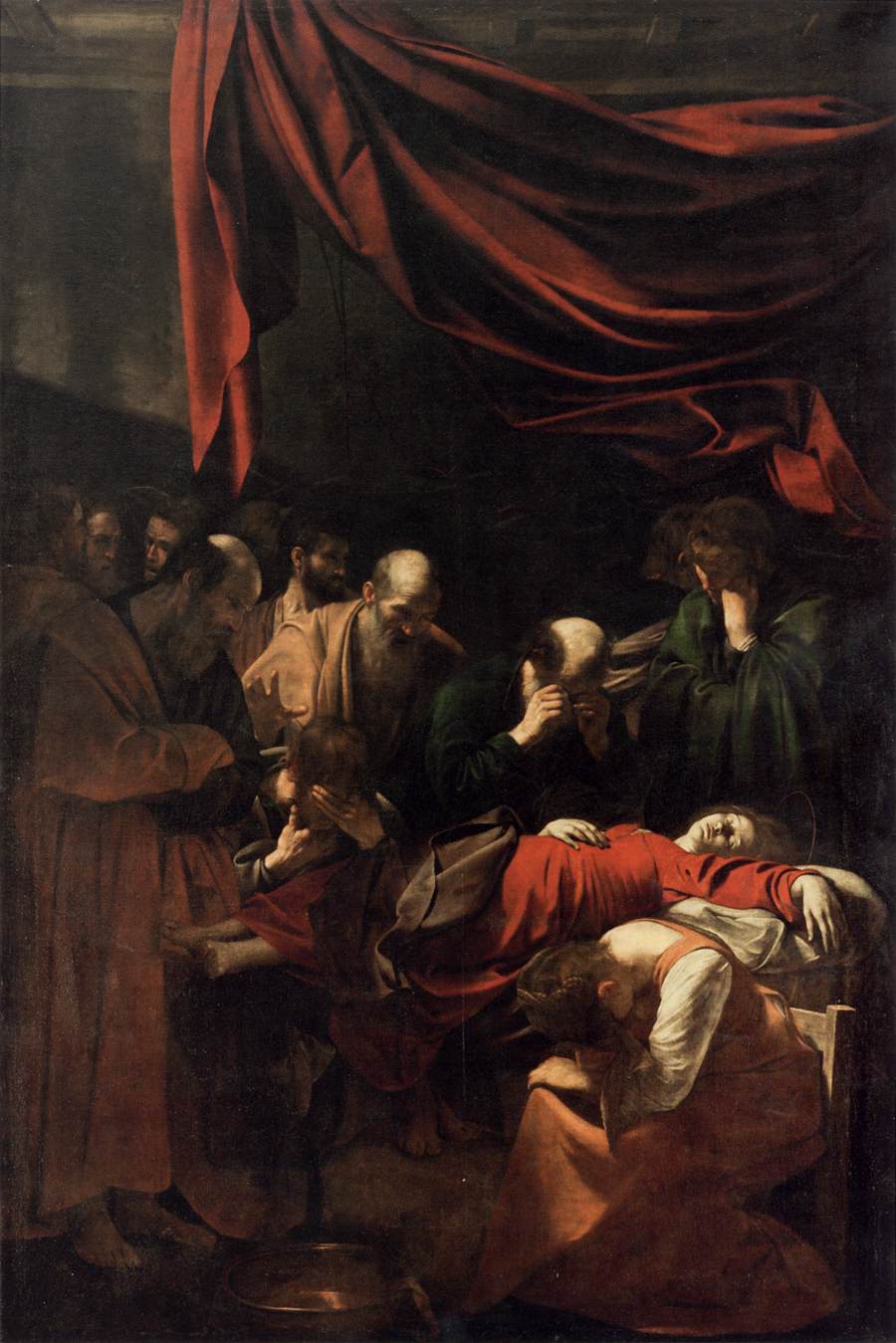
Caravaggio introduced many innovations and spawned an entire school of artistic followers known as “Caravaggisti”, yet his was not the only style of painting during this period.
A school of painting, for instance, developed around the Academy founded by the Carracci brothers in the 1580s as a reaction against new styles of painting
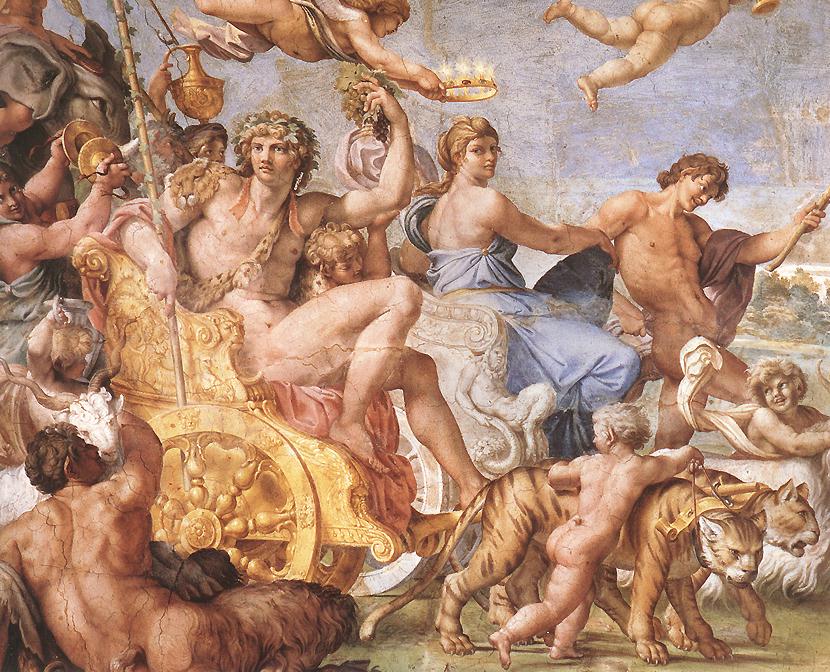
Women artists in Italy began to have more opportunities than they had earlier in the Renaissance.
